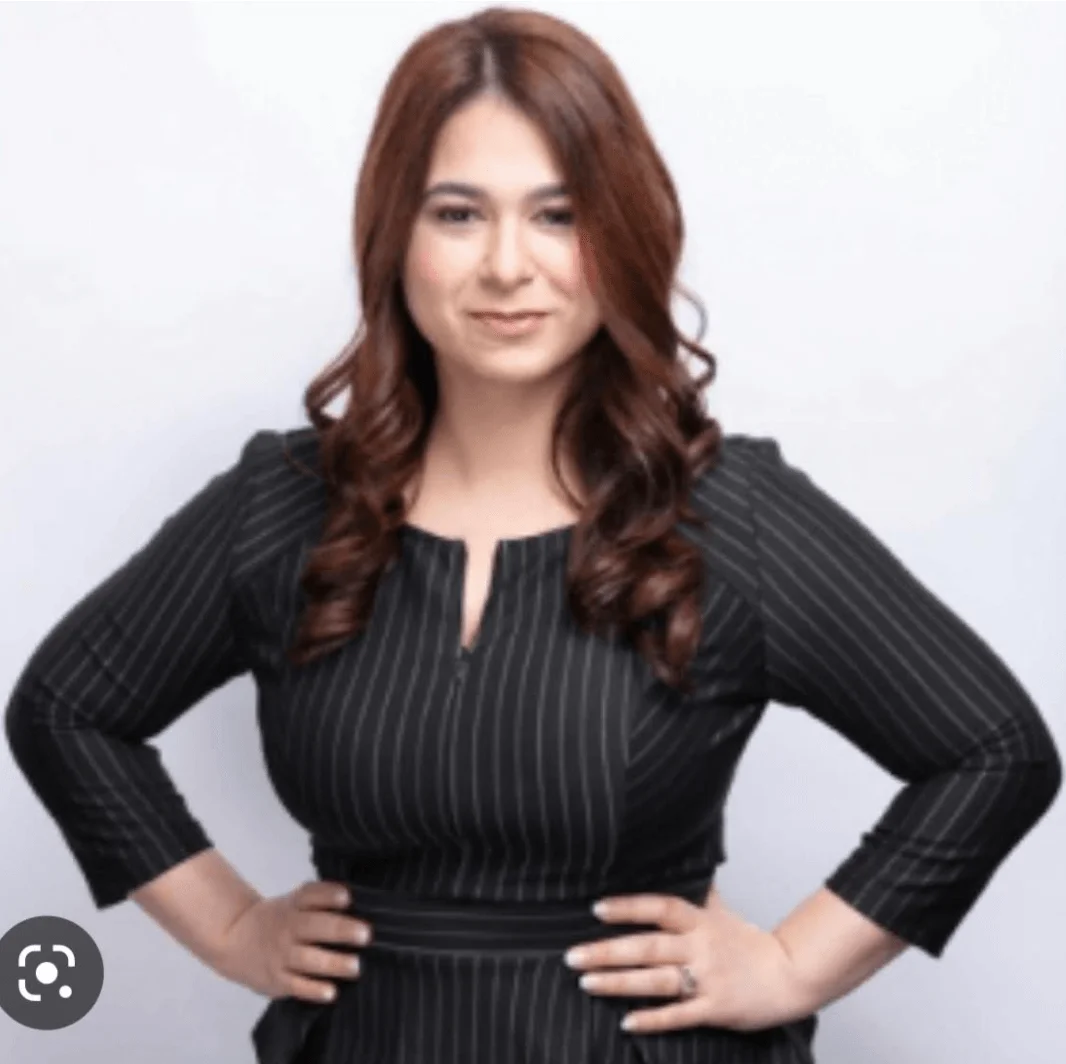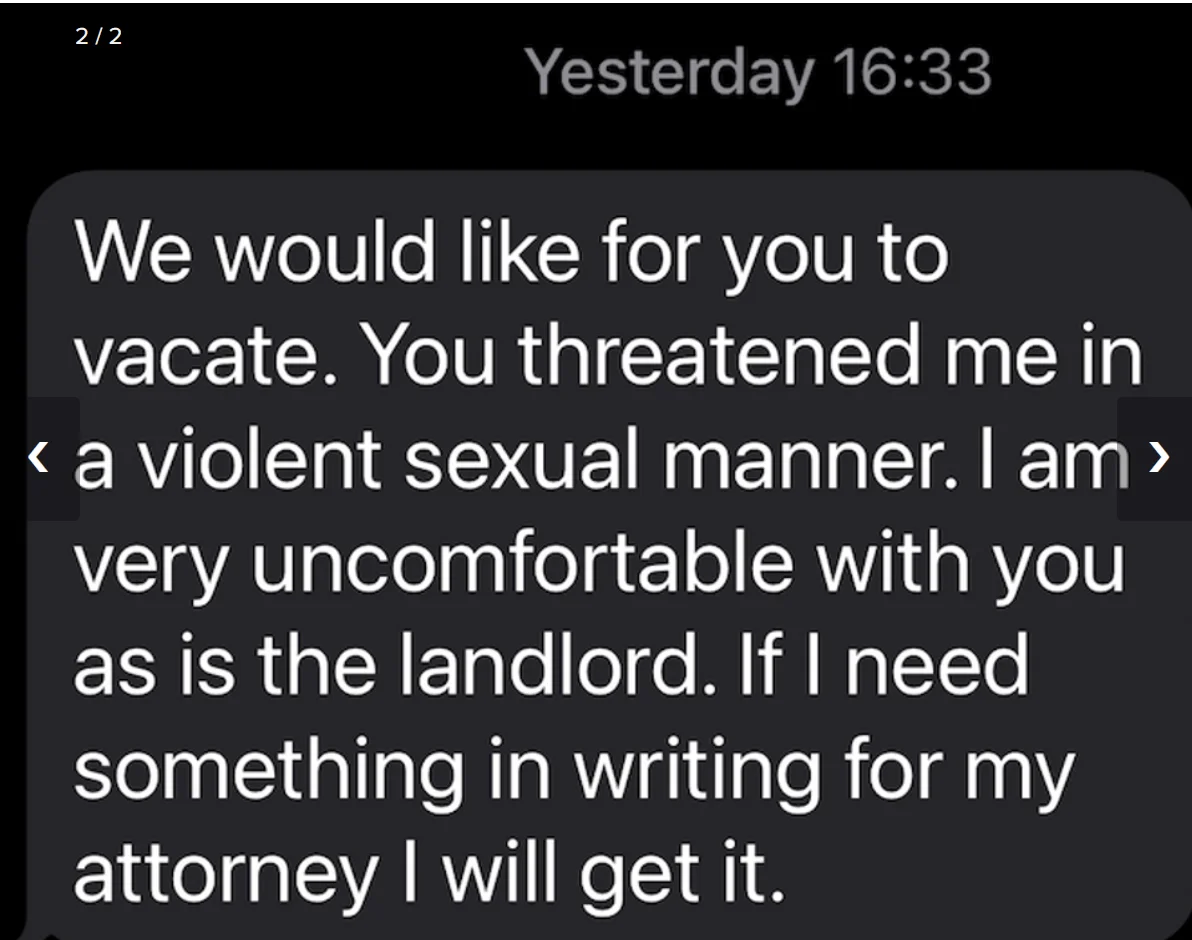- Report: #934615
Complaint Review: Phil Cottrell Attorney - London Internet
Phil Cottrell Attorney
16 Taybridge Road London, Internet, United States of America
Phone:
Web:
Categories:
Phil Cottrell Attorney Philip Cottrell Fraud for Profit Schemes London, Internet
AFG Financial was no ordinary mortgage brokerage firm. Last July, Manhattan D.A. Robert Morganthau announced an indictment of the principals in a press release which declared that "AFG's business model was focused solely on defrauding the lending banks of millions of dollars."
According to the press release, here is how it worked. Property locators were paid to find suitable properties for their scams, usually homes owned by people in financial distress. Other paid recruiters found what have become known as "straw buyers" with good credit ratings to stand in for the real buyers. They were told that they would be well paid, often receiving a small upfront fee, and that they would not have to make any mortgage payments.
Then the conspirators swung into high gear. Forgeries and fraudulent documents were used to enhance the straw buyer's creditworthiness. Forged W-2s and bank statements were created to inflate the straw buyer's income and assets so the maximum amount of money could be borrowed. Corrupt appraisers provided inflated appraisals for the property, much higher than its market value. Bank employees who were part of the conspiracy verified that the bank statements were accurate. Co-conspirators employed at lenders such as Countrywide and New Century Mortgage made sure that loan applications were processed quickly without any due diligence.
At the sale closing, lawyers were brought in to make sure that everything went smoothly, that no one asked any questions, and that the bulk of the sale proceeds went to the AFG principals. Title company principals made sure that funds which were supposed to go to the sellers ended up in a shell account controlled by the AFG owners. The conspirators were so brazen that in one transaction, they created a sham appraisal with a stated value of over $500,000 for a 2-family home which was, in reality, only a vacant lot.
The net result of their fraudulent schemes was that the AFG principals walked away with most of the cash which was supposed to go to the sellers, nearly $12 million. Since they made only a few loan payments at most, the houses went quickly into default and then foreclosure leaving the straw buyers with ruined credit and the banks with worthless mortgages.
By creating these phony residential sales between mid-2005 until the end of 2007, the co-conspirators were charged with defrauding the banks of more than $12 million. The D.A.'s press release concluded by stating that, in total, the defendants appeared to have defrauded the banks of more than $100 million and that the investigation was continuing.
If you think this highly organized mortgage fraud gang was a rare exception, you would be wrong. Similar fraudulent rings could be found in nearly every state during the bubble years. Why? Two main reasons. First, there was big money to be made. Second, the FBI's white collar crime budget for fraud had been emasculated by the focus placed on radical Islamic terrorists after 9/11.
The type of fraud perpetrated by the AFG gang became known as "Fraud for Profit." We can also include "house flipping" under this category. Flipping a residence has always been a part of the real estate market. A flip was usually where an investor bought a house, often a fixer-upper, then resold it quickly at a substantial markup.
In a five-part series published in July 2009, however, the Miami Herald Tribune declared that house flipping became a national pastime during the bubble years and that Florida had become "one of the key playgrounds" where fraudulent flipping "ran rampant." Its massive year-long research and review of 19 million real estate transactions found fraudulent flips in at least 50,000 of them during the last decade. The authors argued that suspicious fraudulent flips in Florida involved some $10 billion dollars. Professor William Black, one of the nation's foremost authorities on real estate fraud, believed that this figure was much too conservative.
According to the press release, here is how it worked. Property locators were paid to find suitable properties for their scams, usually homes owned by people in financial distress. Other paid recruiters found what have become known as "straw buyers" with good credit ratings to stand in for the real buyers. They were told that they would be well paid, often receiving a small upfront fee, and that they would not have to make any mortgage payments.
Then the conspirators swung into high gear. Forgeries and fraudulent documents were used to enhance the straw buyer's creditworthiness. Forged W-2s and bank statements were created to inflate the straw buyer's income and assets so the maximum amount of money could be borrowed. Corrupt appraisers provided inflated appraisals for the property, much higher than its market value. Bank employees who were part of the conspiracy verified that the bank statements were accurate. Co-conspirators employed at lenders such as Countrywide and New Century Mortgage made sure that loan applications were processed quickly without any due diligence.
At the sale closing, lawyers were brought in to make sure that everything went smoothly, that no one asked any questions, and that the bulk of the sale proceeds went to the AFG principals. Title company principals made sure that funds which were supposed to go to the sellers ended up in a shell account controlled by the AFG owners. The conspirators were so brazen that in one transaction, they created a sham appraisal with a stated value of over $500,000 for a 2-family home which was, in reality, only a vacant lot.
The net result of their fraudulent schemes was that the AFG principals walked away with most of the cash which was supposed to go to the sellers, nearly $12 million. Since they made only a few loan payments at most, the houses went quickly into default and then foreclosure leaving the straw buyers with ruined credit and the banks with worthless mortgages.
By creating these phony residential sales between mid-2005 until the end of 2007, the co-conspirators were charged with defrauding the banks of more than $12 million. The D.A.'s press release concluded by stating that, in total, the defendants appeared to have defrauded the banks of more than $100 million and that the investigation was continuing.
If you think this highly organized mortgage fraud gang was a rare exception, you would be wrong. Similar fraudulent rings could be found in nearly every state during the bubble years. Why? Two main reasons. First, there was big money to be made. Second, the FBI's white collar crime budget for fraud had been emasculated by the focus placed on radical Islamic terrorists after 9/11.
The type of fraud perpetrated by the AFG gang became known as "Fraud for Profit." We can also include "house flipping" under this category. Flipping a residence has always been a part of the real estate market. A flip was usually where an investor bought a house, often a fixer-upper, then resold it quickly at a substantial markup.
In a five-part series published in July 2009, however, the Miami Herald Tribune declared that house flipping became a national pastime during the bubble years and that Florida had become "one of the key playgrounds" where fraudulent flipping "ran rampant." Its massive year-long research and review of 19 million real estate transactions found fraudulent flips in at least 50,000 of them during the last decade. The authors argued that suspicious fraudulent flips in Florida involved some $10 billion dollars. Professor William Black, one of the nation's foremost authorities on real estate fraud, believed that this figure was much too conservative.



















